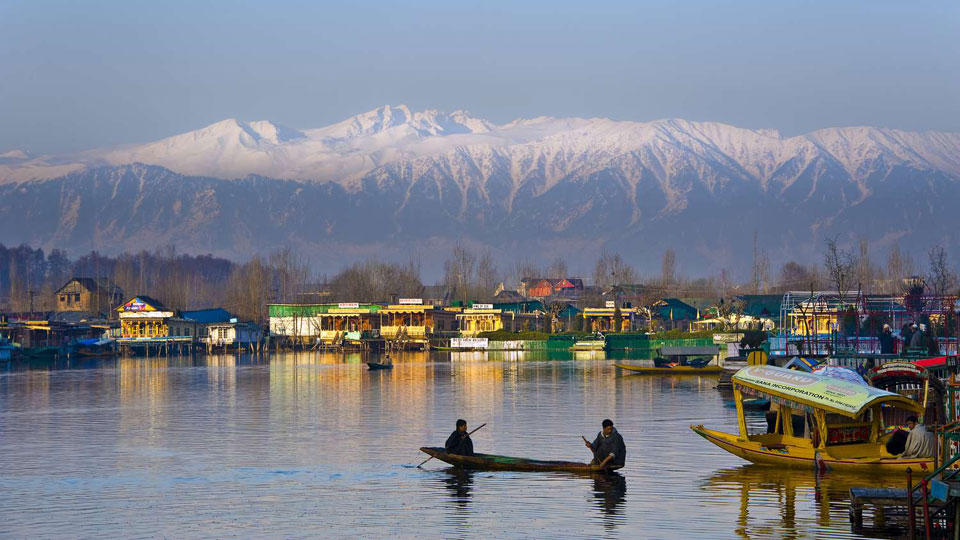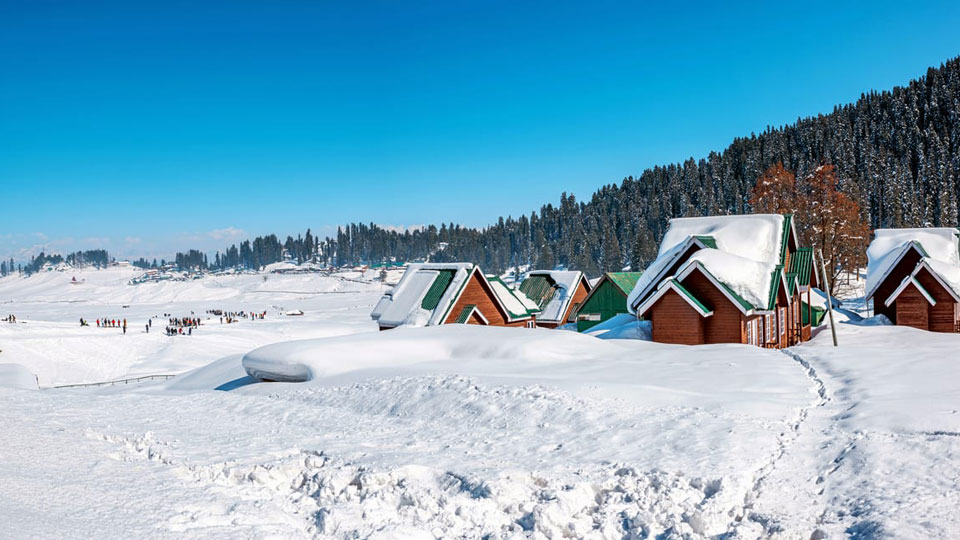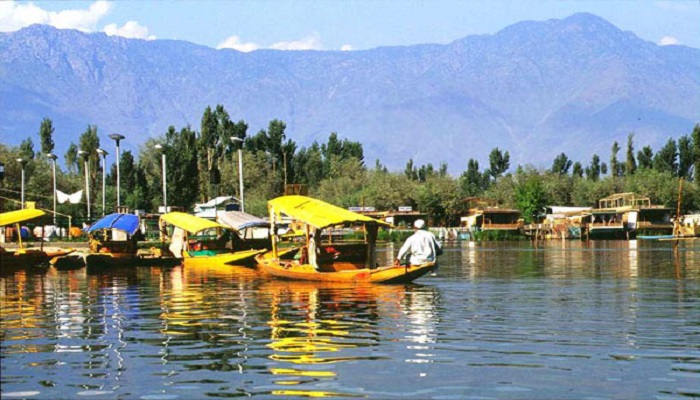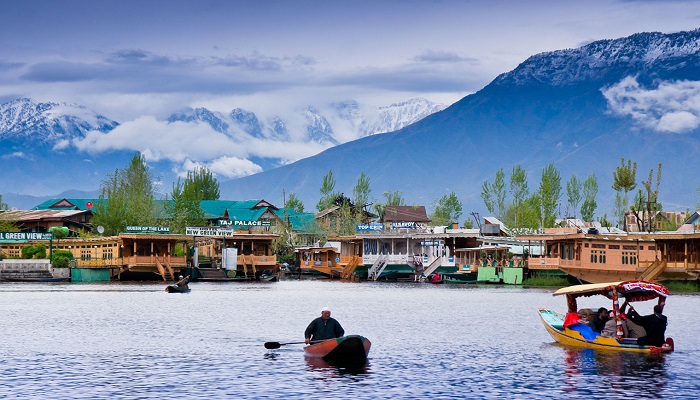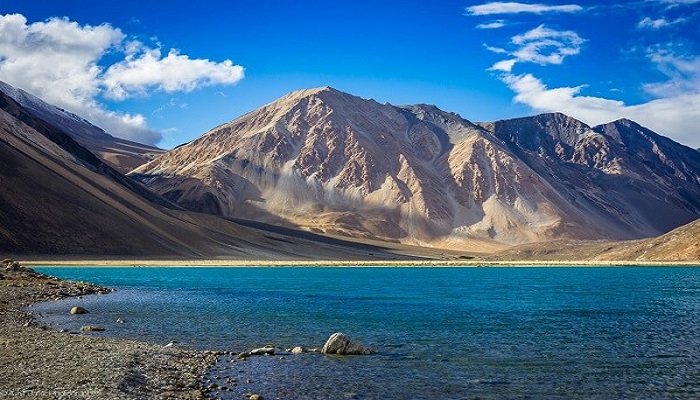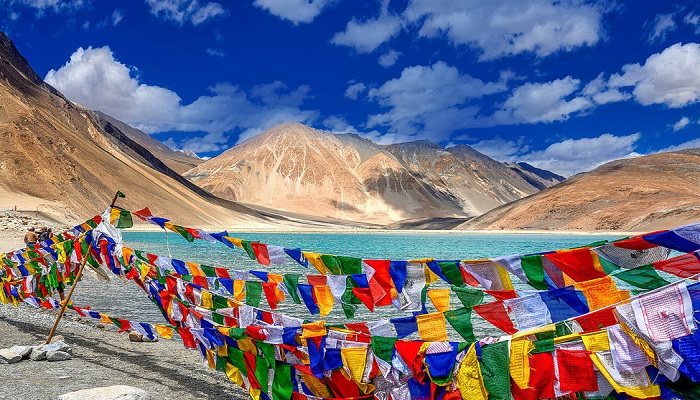Description
Srinagar-Pahalgam-Gulmarg-Sonmarg Itinerary: 6 Days/5 Nights
Day 01: Srinagar Airport to Pahalgam
Pick up from the airport and transfer from Srinagar to Pahalgam. On the way, visit Awantipura ruins, and Saffron fields. Enjoy the town of Pahalgam.
Overnight in Pahalgam.
Day 02: Pahalgam Local Sightseeing
Full day in Pahalgam to explore the Aru and Betab valley. Take a pony to visit Baisaran and Daban.
Overnight in the hotel in Pahalgam.
Day 03: Pahalgam to Gulmarg
After an early breakfast, drive from Pahalgam to Gulmarg. Roam around this wonderful valley. Take a Gondola ride (cable car directly payable) from Gulmarg to Khilanmarg.
Overnight in Gulmarg.
Day 04: Gulmarg to Srinagar
After breakfast drive from Gulmarg to Srinagar. Check in to the houseboat.
Later on proceed to Nishat Garden, Shalimar Garden. Evening enjoys the Shikara Ride on the famous Dal Lake.
Overnight at Houseboat in Srinagar.
Day 05: Srinagar to Sonmarg (Day Trip)
Full-day excursion to Sonmarg which is the most beautiful drive from Srinagar. The drive to Sonmarg passes Nallah Sindh, a major tributary of the Jhelum river in the Kashmir valley. It is upwards of sixty miles long valley and deep rock-grit gorge to open grassy meadow land and village-dotted slopes.Take a horse ride to visit Thajiwas Glacier. In the evening return to Houseboat.
Overnight in Sonmarg.
Day 06: Depart for onward journey
After breakfast visit, the famous Shankaracharya Temple built on the top of the mountain overlooking Dal Lake.
Dive for onward destination.
Some amazing things you must know about Kashmir
Kashmir is the northernmost geographical region of the Indian subcontinent. Until the mid-19th century, the term “Kashmir” denoted only the Kashmir Valley between the Great Himalayas and the Pir Panjal Range. Today, the term encompasses a larger area that includes the Indian-administered territories of Jammu and Kashmir and Ladakh,
Jammu and Kashmir is located among the Himalayan, Pir panjal and Karakoram mountain ranges. It is famously known as the “Paradise on Earth” because of its gorgeous valleys, mountains, lakes, forests and meadows. Along with its breathtaking landscape, Jammu and Kashmir. There are a plethora of places to see and things to see in Kashmir for all kinds of travelers.
Ladakh (meaning “land of high passes”) is the land of Indo-Aryan people and Tibetan descent situated in the state of Jammu and Kashmir, India. The area lies between Kunlun mountain range in the north and the Great Himalayas to the south. Ladakh borders Tibet to the east, the Lahaul and Spiti to the south, the Kashmir valley and Baltiyul regions to the west, and the Trans Kunlun territory of Xinjiang to the far north. Geographically Ladakh a different world on this earth lies in the Great Himalayan rain shadow, no monsoon during the summer, but receives snowfall throughout its long (November – Late May) winter. As Ladakh lies on the tri- junction of the historic ‘Silk Route’ from Sinkiang to West Asia and to the plains of India, it was an important station for International trade. People of Ladakh are devout Buddhist. Since 1960 after the Tibetan border is ceased, the Government of India has been able to promote tourism in Ladakh successfully. Ladakh is renowned for its remote mountain beauty and culture. It is sometimes called “Little Tibet” as it has been strongly influenced by Tibetan culture.

